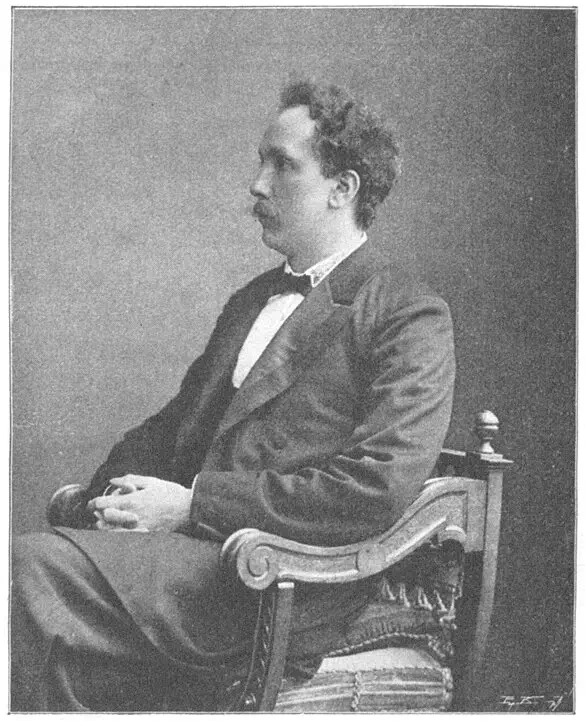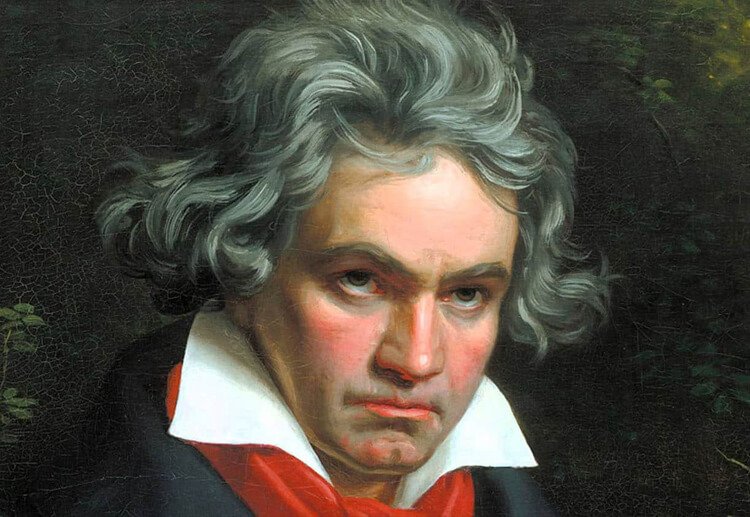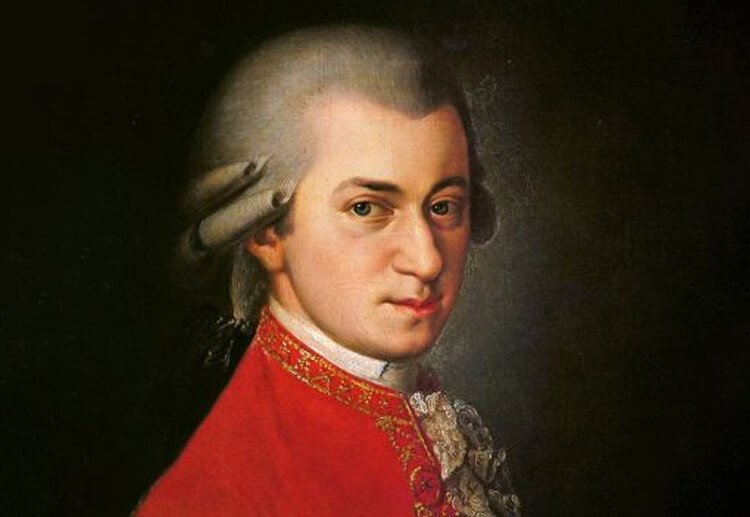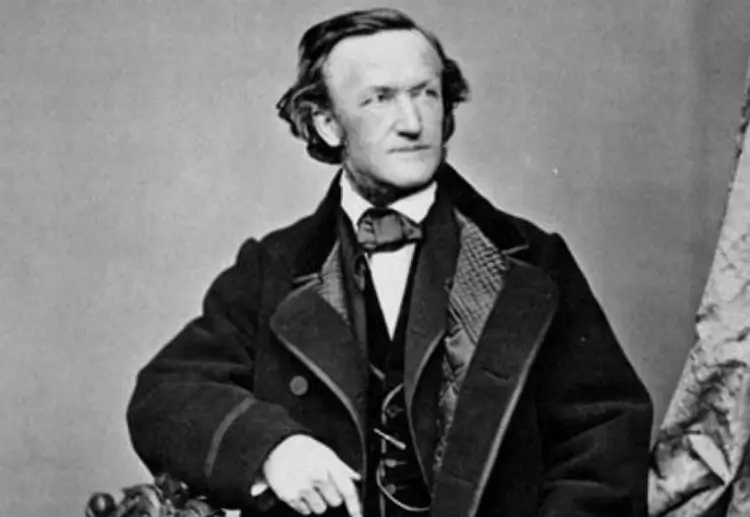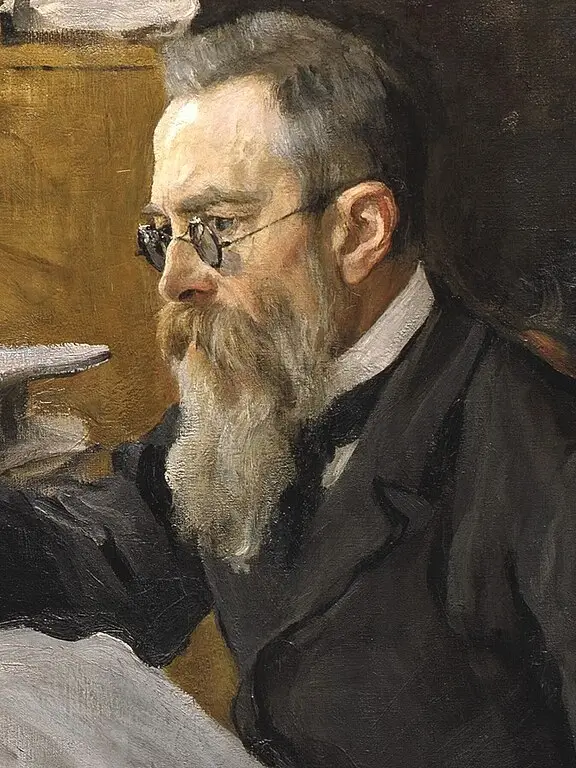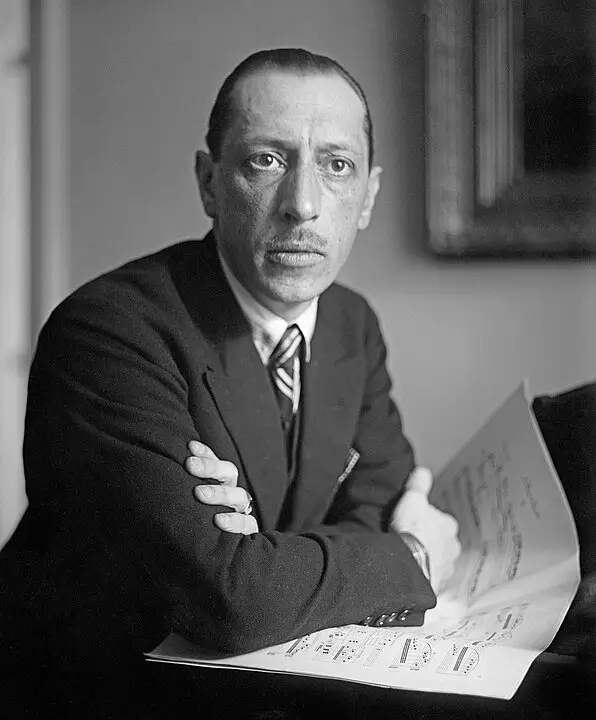Introduction
Richard Strauss, not to be confused with the Viennese waltz king Johann Strauss II, was a towering figure in the world of classical music, renowned for his operas, Lieder, and orchestral compositions. Born in Germany in 1864, his work bridged the Romantic and modern eras, bringing a new depth and complexity to orchestration and operatic structure. His contributions have left an indelible mark on the music world, influencing countless composers and musicians.
Early Life
Richard Georg Strauss was born on June 11, 1864, in Munich, Bavaria, to Franz Strauss, who was a principal horn player at the Court Opera in Munich. This musical environment profoundly shaped Richard’s early life and future career. His father’s connections provided young Strauss with exposure to the works of classical composers, which was instrumental in nurturing his burgeoning talent.
From an early age, Strauss showed exceptional musical promise. By the age of six, he was already composing his first pieces, a process that was encouraged and supervised by his father. These early compositions, though not groundbreaking, were crucial in developing his understanding of musical form and harmony.
Musical Training and Development
Strauss’s formal musical education began with piano lessons, followed by violin and composition. He was a diligent student, absorbing the nuances of music theory and composition under the tutelage of Friedrich Wilhelm Meyer, who was a conductor and composer in Munich. This period was crucial for Strauss as he honed his skills and began to develop his own musical voice.
By his teenage years, Strauss had already composed several works, including chamber music, orchestral pieces, and songs. His early compositions were heavily influenced by the Romantic tradition, particularly the music of Wagner and Liszt, which is evident in his ambitious tonal landscapes and complex harmonies.
Major Works and Compositions
Strauss’s oeuvre is vast and varied, encompassing a wide range of genres and styles. Among his most famous works are his operas “Salome” and “Der Rosenkavalier,” which broke new ground in their use of dissonance and their complex characterizations. His tone poems, such as “Also sprach Zarathustra” and “Ein Heldenleben,” are exemplary of his innovative approach to orchestration and thematic development.
Strauss also made significant contributions to the Lieder repertoire, with over 200 songs to his name. These pieces often featured elaborate piano accompaniments and showcased his ability to set texts in a deeply expressive manner.
Connections to Other Composers
Throughout his career, Strauss maintained relationships with many of his contemporaries, including Gustav Mahler, with whom he shared a mutual respect despite their stylistic differences. He was also influenced by the likes of Wagner and Liszt, as previously mentioned, and later, he would come to influence others, such as the composers of the Second Viennese School.
His interactions with other composers often spurred him to new creative heights and helped him refine his own musical language. These relationships were not only personal but also professional, as they often involved collaborative performances and exchanges of ideas.
Character and Philosophy
Strauss was known for his strong personality and his confident, sometimes controversial, approaches to music and life. He was a staunch individualist, often eschewing the prevailing musical trends of his time to forge his own path. This is evident in his later works, which increasingly pushed the boundaries of tonality and conventional musical form.
His philosophical leanings can be seen in his choice of texts and themes, particularly in his tone poems, which often explored human psychology and the philosophical questions of existence. This intellectual depth is one of the hallmarks of his style.
Life in Munich
Strauss spent much of his life in Munich, a city known for its rich cultural heritage and vibrant musical scene. The city’s opera houses and concert halls were the backdrop to much of his early success and provided him with a platform to showcase his works. Munich’s artistic atmosphere was instrumental in shaping his musical style and career.
Later in life, Strauss also lived in other cities, including Berlin and Vienna, each of which left its mark on him. However, it was Munich that remained his spiritual home and the place where he felt most creatively inspired.
Death and Legacy
Richard Strauss passed away on September 8, 1949, in Garmisch-Partenkirchen, Germany. His death marked the end of an era in classical music, but his legacy lives on through his extensive body of work. Today, Strauss is celebrated as one of the greatest composers of the late Romantic and early modern periods.
His influence can be seen in the generations of composers who followed, who drew inspiration from his innovations in harmony, texture, and orchestration. His works continue to be performed regularly around the world, testament to their enduring appeal and significance.
In conclusion, Richard Strauss remains a monumental figure in classical music, whose works have transcended the confines of time and genre to speak to audiences across the globe. His life and music continue to inspire and challenge, making him a pivotal figure in the canon of Western music.

